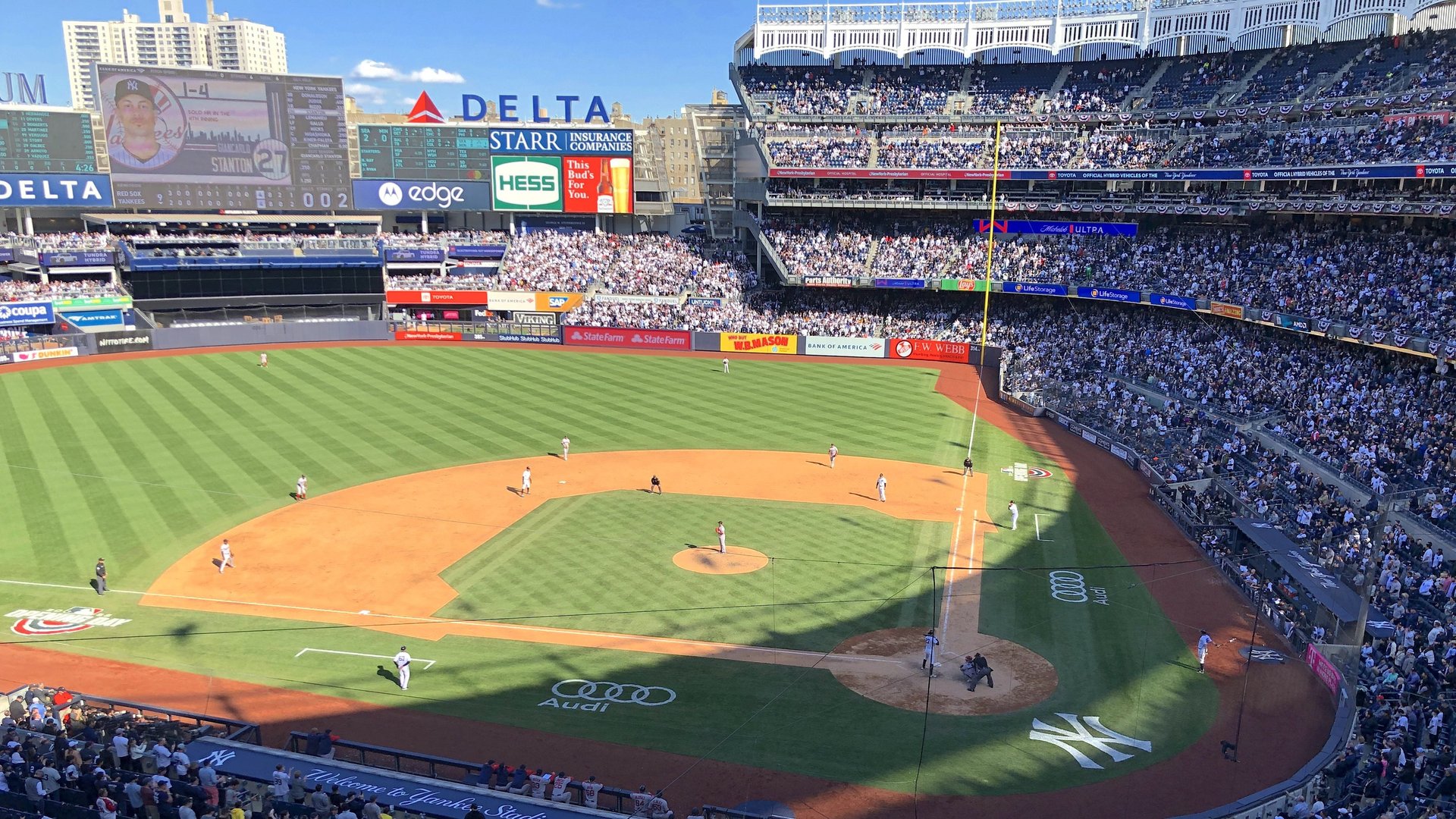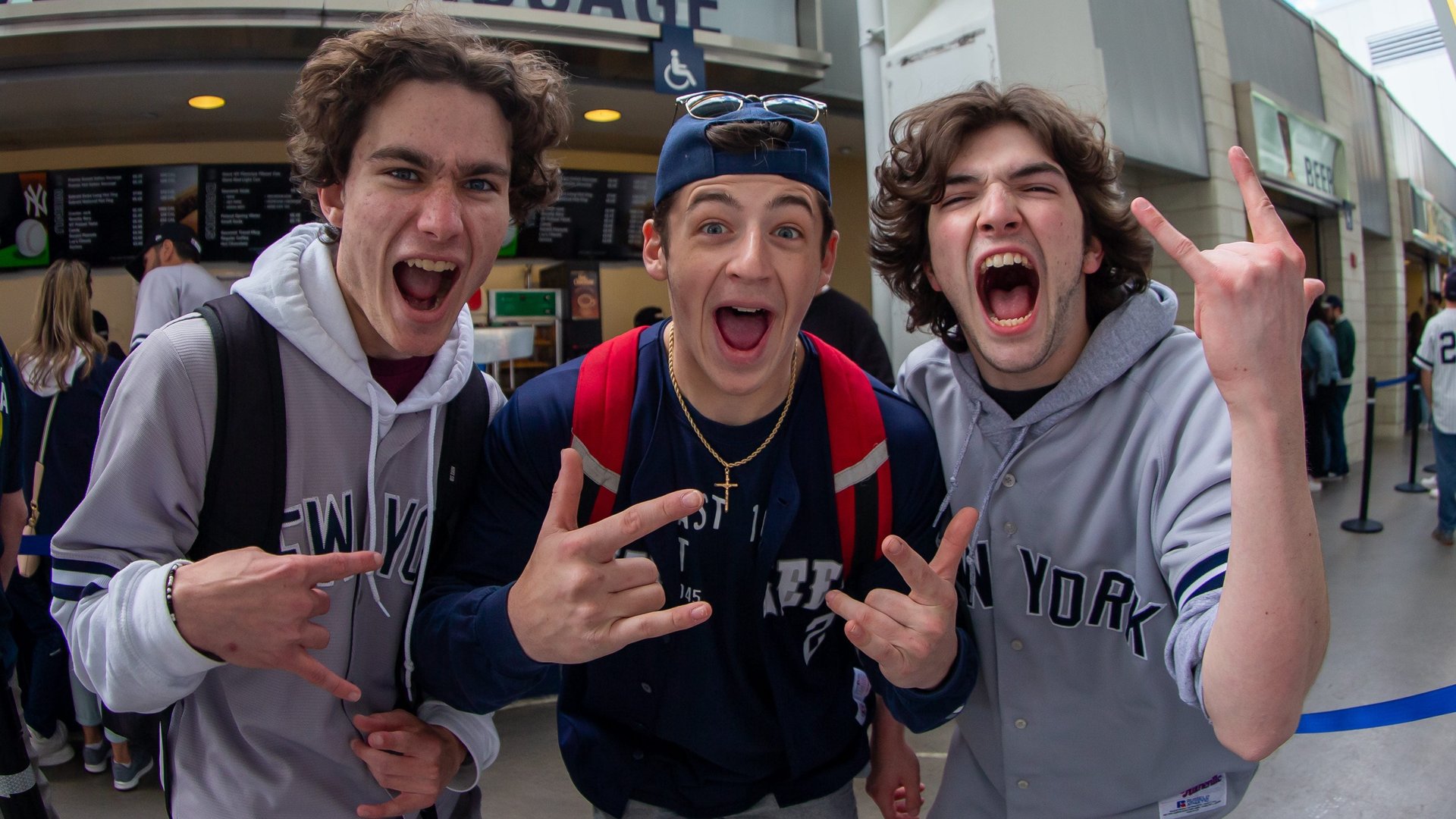Streaming TV is using baby boomers and MLB to get live events right for millennials
Major League Baseball (MLB) scored a packed Yankee Stadium for the New York Yankees versus the Boston Red Sox opening day game on April 8, but the enthusiasm at the live event didn’t reflect national viewership trends. Although attendance at ballparks has remained steady over the past decade, the same cannot be said for TV viewership, which has continued to decline over the same period.


Major League Baseball (MLB) scored a packed Yankee Stadium for the New York Yankees versus the Boston Red Sox opening day game on April 8, but the enthusiasm at the live event didn’t reflect national viewership trends. Although attendance at ballparks has remained steady over the past decade, the same cannot be said for TV viewership, which has continued to decline over the same period.
Part of the reason appears to be challenges related to MLB’s demographic, which isn’t a growth sector. Despite the long-held family tradition of MLB fandom in some US households, the median age of the sport’s television viewer is roughly 57, while competing sports like football and basketball both skew toward younger median audiences at 50 years old and 42 years old, respectively.
Among all streaming audiences, baby boomers (age 55 and over) spend the least time consuming video via streaming versus cable or network TV, at just 40%, compared to millennials (25 to 39) at 74% and Generation Z (18 to 24) at 77%. Furthermore, just 26% of baseball fans watch games through online livestreams, with most (81%) preferring to access the sport through traditional live TV.

MLB on streaming TV is less about viewer growth and more about establishing a model
With the disconnect between the rise of streaming TV and MLB fans so apparent, it may seem odd that baseball is being so aggressively adopted by some of the leading streamers. Apple TV+ recently announced exclusive “Friday Night Baseball” live games, which will include pre- and post-show analysis, available in the US, UK, Canada, Australia, Brazil, Japan, Mexico, Puerto Rico, and South Korea.
Similarly, Amazon Prime Video just secured exclusive broadcast rights to 21 Yankees games, and NBCUniversal’s Peacock streaming service has landed exclusive Sunday morning MLB games to begin in May.
The moves represent a strategic beachhead into the world of live events that have generally been served by services like Sling TV and YouTube Live, which are primarily geared toward content aggregation versus premium original content.
This is just a part of a broader shift to internet-based television
As the budgets for original television and movie content increase at streaming studios, and internet-based TV simply becomes the normal viewing experience for younger demographics, MLB offers a relatively low stakes way for streaming companies to test the live event waters on the way to becoming full-fledged networks beyond on-demand video content.
Although traditional broadcast TV (accessed via antenna, cable, or satellite) still dominates the market in terms of overall revenue, streaming TV is forecast to surpass it by 2026. Part of that shift will include live television on streaming services, and MLB is just the first pitch in a multi-year contest for audience attention.